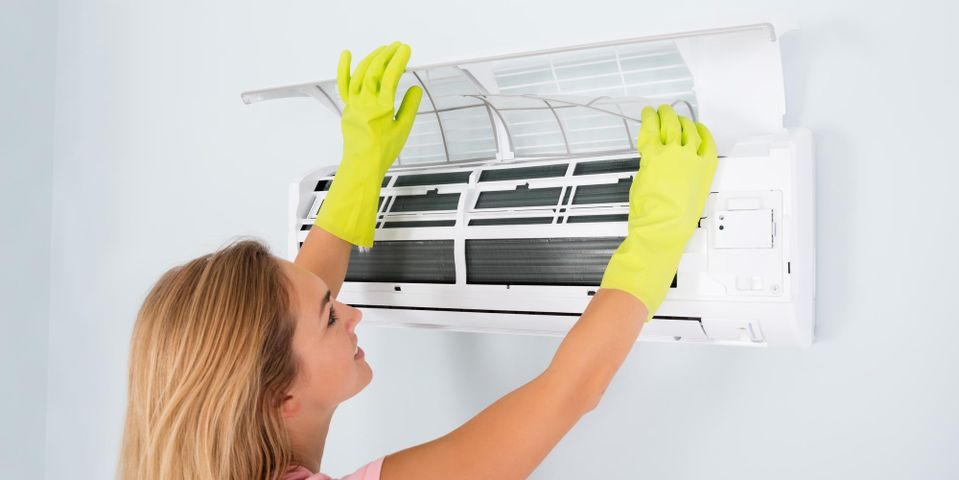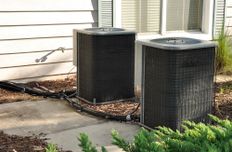A Guide to the Components of a Central Air Conditioning System

During the summer, your central air conditioning system makes your home livable. But although you couldn’t live without it, you probably never think about the complexities of its hard work. For example, you know you have to change the air filter every few months, but why? To learn more about the inner-workings of this essential machine, consult the following guide.
The Anatomy of a Central Air Conditioning System
Refrigerant
To understand how an AC system works, you’ll first have to learn about its passenger, refrigerant, which flows through the various parts and facilitates the cooling process. It is responsible for absorbing heat when inside your property and releasing it once outside. This chemical mixture moves through the refrigerant line, which links the indoor (blower) and outdoor (condenser) units. If refrigerant leaks from the line, your AC will not provide cold air until it is repaired and refilled.
Compressor
In the outdoor unit, the  compressor uses heat and pressure to compress the refrigerant, heating and turning it into a gas. The force produced by the compressor moves the gas to the next part—the condenser coil—as well as promotes the overall circulation of refrigerant through the central air conditioning system. One common problem with this part is burn-out—if the electrical wiring is ripped or exposed, it causes the steel motor to short circuit and destroys the compressor.
compressor uses heat and pressure to compress the refrigerant, heating and turning it into a gas. The force produced by the compressor moves the gas to the next part—the condenser coil—as well as promotes the overall circulation of refrigerant through the central air conditioning system. One common problem with this part is burn-out—if the electrical wiring is ripped or exposed, it causes the steel motor to short circuit and destroys the compressor.
Condenser Coil
With all that heat and pressure, the refrigerant is now ready to release its heat to the air outside. The condenser coil allows it to do this through fins, which direct heat away from the outdoor unit. There’s also a fan in the condenser unit to speed up the temperature release. If the coil gets dirty, you will notice warm air coming from your vents, or higher energy bills.
Evaporator Coil
As the refrigerant moves from the outdoor condenser to the indoor blower unit, it sheds heat and pressure. Once it reaches the evaporator coil inside your home, it is cool enough to absorb heat from your living space. As the refrigerant takes in the heat, the coil itself cools down. If the loop gets dirty or freezes over, it will damage the compressor, preventing your air from getting cold.
Indoor Fan
Next, a fan in the indoor unit blows air on the evaporator coil, sending cold air through your ducts and vents. Simultaneously, it pulls in warm air from inside your house and uses this to continue to heat the refrigerant. If your air filter is clogged, it prevents the fan from facilitating this exchange, as well as blocks the massive amount of air needed to cool off your home. This issue will hinder the efficiency of the system as a whole.
There are many individual parts inside the standard central air conditioning system, so you should schedule annual checkups with a contractor. For reliable service in the Brownsville, MN, area, get in touch with Coulee Property Solutions. Their licensed, bonded, and insured team will leave no stone unturned when inspecting your system, whether you have a boiler, furnace, or air conditioner. For more information on their offerings, visit the website. You can also call (507) 450-8318 to schedule an appointment.
About the Business
Have a question? Ask the experts!
Send your question

